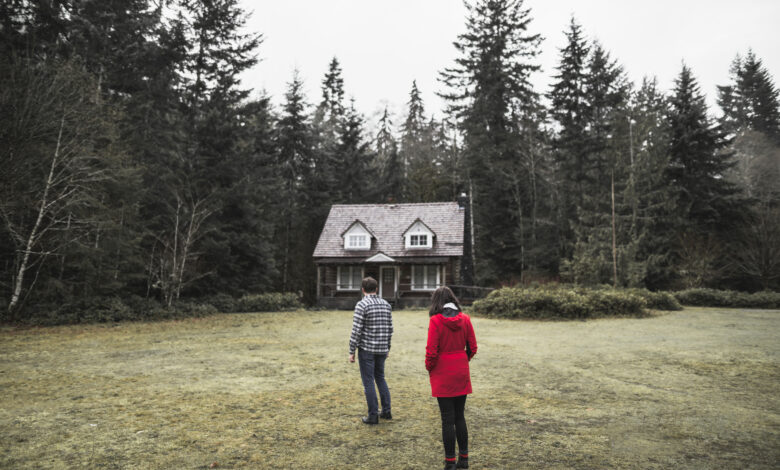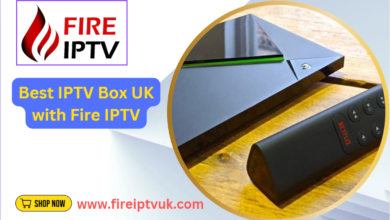A Frame Home Kits: A Comprehensive Guide to Building Your Dream Home
A Building Your Dream Home

Introduction
In the quest for an affordable, customizable, and sustainable home, frame home kits have emerged as a popular solution. These kits provide homeowners with the materials and plans needed to construct their homes, offering a middle ground between traditional home building and prefabricated options. This article will explore the ins and outs of frame home kits, including their benefits, the building process, and some considerations to remember. We’ll also address some common questions and provide insights to help you decide if a frame home kit suits you.Japanese Vase: A Symphony of Elegance and Craftsmanship
What Are Frame Home Kits?
Frame home kits are packages that include pre-cut and pre-measured materials necessary to construct the frame of a house. They typically include wood or steel framing components, blueprints, and instructions. These kits are designed to make home building more accessible, even for those without extensive construction experience. By providing all the essential materials and a detailed plan, frame home kits simplify the process, reducing the time and cost of building a home.What Household Tricks Will Keep Mice and Rats Far, Far Away?
The Benefits of Frame Home Kits
- Cost-Effective: One of the most significant advantages of frame home kits is their cost-effectiveness. Traditional home construction can be expensive due to labor costs, material waste, and the need for specialized skills. With a frame home kit, much of the work is already done, which can significantly reduce the project’s overall cost.
- Customization: While some might think that kit homes are cookie-cutter, many manufacturers offer a range of customization options. You can choose from different floor plans, materials, and finishes, ensuring that your home reflects your style and meets your needs.
- Sustainability: Frame home kits often incorporate sustainable materials and practices. For example, many kits use sustainably sourced wood or energy-efficient building techniques. Additionally, because the materials are pre-measured and pre-cut, there’s less waste than traditional construction.
- Ease of Construction: One of the biggest draws of frame home kits is their simplicity. The kits are designed to be assembled by individuals with minimal construction experience. The instructions are usually straightforward, and the materials are pre-cut and labeled, making the process as easy as possible.
- Time-Saving: Traditional home construction can take months or even years to complete. With a frame home kit, the building process is significantly faster. Once the kit is delivered, the frame can often be assembled in a matter of days or weeks, depending on the size and complexity of the design.
The Building Process
Building a home using a frame home kit involves several steps, each crucial to ensuring the final structure is sound and meets your expectations.
- Choosing the Right Kit: The first step is selecting a kit that meets your needs. Consider factors such as the size of the home, the layout, and any specific features you want to include. Choosing a kit from a reputable manufacturer with positive reviews and a history of quality products is also essential.
- Site Preparation: Before the kit arrives, you must prepare the building site. This includes clearing the land, leveling the ground, and laying a foundation. The type of foundation you’ll need depends on the kit and the terrain, but standard options include concrete slabs, crawl spaces, or basements.
- Delivery and Assembly: The kit is delivered once the site is ready. Most manufacturers provide a detailed instruction manual or videos to guide you through the assembly process. The frame is typically the first part to be constructed, followed by installing the roof, walls, and windows.
- Utilities and Finishing Touches: After the frame is up, you must install plumbing, electrical systems, and HVAC. This part of the process may require hiring professionals, depending on your experience and the complexity of the systems. Finally, you’ll add finishing touches like drywall, flooring, and paint.
- Inspection and Finalization: Once the home is complete, it must pass a series of inspections to ensure it meets local building codes. After passing the inspections, you can move in and enjoy your new home.
Considerations When Choosing a Frame Home Kit
While frame home kits offer many benefits, there are some considerations to consider before purchasing one.
- Local Building Codes: Before purchasing a kit, check your local building codes to ensure the design and materials meet the requirements. Some areas may restrict specific construction or materials, so it’s essential to do your research beforehand.
- Climate and Weather: The climate in your area will play a significant role in the design and materials you choose. For example, if you live in an area with heavy snowfall, you’ll need a roof with a steep pitch to prevent snow buildup. Similarly, if you’re in a hurricane-prone region, you must ensure the structure can withstand high winds.
- Skill Level: While frame home kits are designed to be user-friendly, they still require a certain level of skill and knowledge. If you need more confidence in handling the construction, you may need to hire a contractor to assist with or oversee the project.
- Budget: While frame home kits are generally more affordable than traditional construction, it’s still important to budget carefully. In addition to the cost of the kit, you’ll need to factor in expenses such as site preparation, foundation work, utilities, and interior finishes.
- Customization Limits: While many frame home kits offer customization options, there may be limits to what you can change. If you have a specific vision for your home, you may need to work with the manufacturer to ensure your desired features can be included.
Popular Types of Frame Home Kits
- Timber Frame Kits: Timber frame kits are among the most popular frame home kits. These kits use large wooden beams to create a sturdy and aesthetically pleasing structure. Timber frame homes are known for their durability and can be customized to fit various architectural styles.
- Steel Frame Kits: Steel frame kits are an excellent option for a more modern or industrial look. Steel is solid and resistant to pests, rot, and fire. Also, steel frames can be prefabricated off-site, further reducing construction time.
- Post and Beam Kits: Post and beam kits are similar to timber frame kits but use more giant, fewer beams to support the structure. This design allows for more open floor plans and oversized windows, making them a popular choice for a spacious, airy home.
- Log Home Kits: For those looking for a rustic, natural aesthetic, log home kits are an excellent option. These kits use logs as the primary building material, creating a warm and inviting atmosphere. Log homes are also highly energy-efficient due to the natural insulating properties of wood.
Frequently Asked Questions About Frame Home Kits
1. How much do frame home kits cost? The cost of a frame home kit can vary widely depending on factors such as size, materials, and customization options. On average, a basic frame home kit can range from $20,000 to $100,000. However, this price typically does not include site preparation, foundation work, utilities, or interior finishes.
2. Can I customize a frame home kit? Yes, many frame home kits offer customization options. You can often choose from different floor plans, materials, and finishes to create a home that fits your needs and style. However, there may be limits to what can be customized, so it’s essential to discuss your options with the manufacturer.
3. Do I need a contractor to build a frame home kit? While frame home kits are designed to be assembled by individuals with minimal construction experience, some may still prefer hiring a contractor. A contractor can oversee the project, ensure everything is built to code, and help with more complex tasks such as installing utilities.
4. How long does it take to build a frame home kit? The time it takes to build a frame home kit can vary depending on factors such as the home’s size, the design’s complexity, and your level of experience. Generally, the house’s frame can be assembled in a few days to weeks. However, completing the entire house, including utilities and interior finishes, can take several months.
5. Are frame home kits environmentally friendly? Many frame home kits are designed with sustainability in mind. They often use eco-friendly materials, such as sustainably sourced wood, and incorporate energy-efficient building techniques. Additionally, the pre-measured and pre-cut materials reduce waste, making frame home kits a more environmentally friendly option compared to traditional construction.
Final Thoughts
Frame home kits offer a unique opportunity to build a custom, cost-effective, and sustainable home. Whether you’re a first-time home builder or an experienced DIYer, these kits can provide a straightforward and enjoyable building experience. However, it’s essential to do your research, understand the process, and be prepared for the challenges that may arise. You can create a home that perfectly suits your lifestyle by carefully considering your needs, budget, and skill level.
Questions and Answers
Q: What are the main benefits of choosing a frame home kit over traditional home construction? A: Frame home kits are generally more cost-effective, easily constructed, and offer various customization options. They are also more sustainable due to reduced waste and eco-friendly materials.
Q: How do I ensure my frame home kit meets local building codes? A: Before purchasing a kit, consult with local building authorities to understand the specific requirements in your area. You may also want to work with a local contractor or architect to ensure the design complies with all relevant codes and regulations .avrame.com/blog/how-to-build-an-a-frame-house-step-by-step


